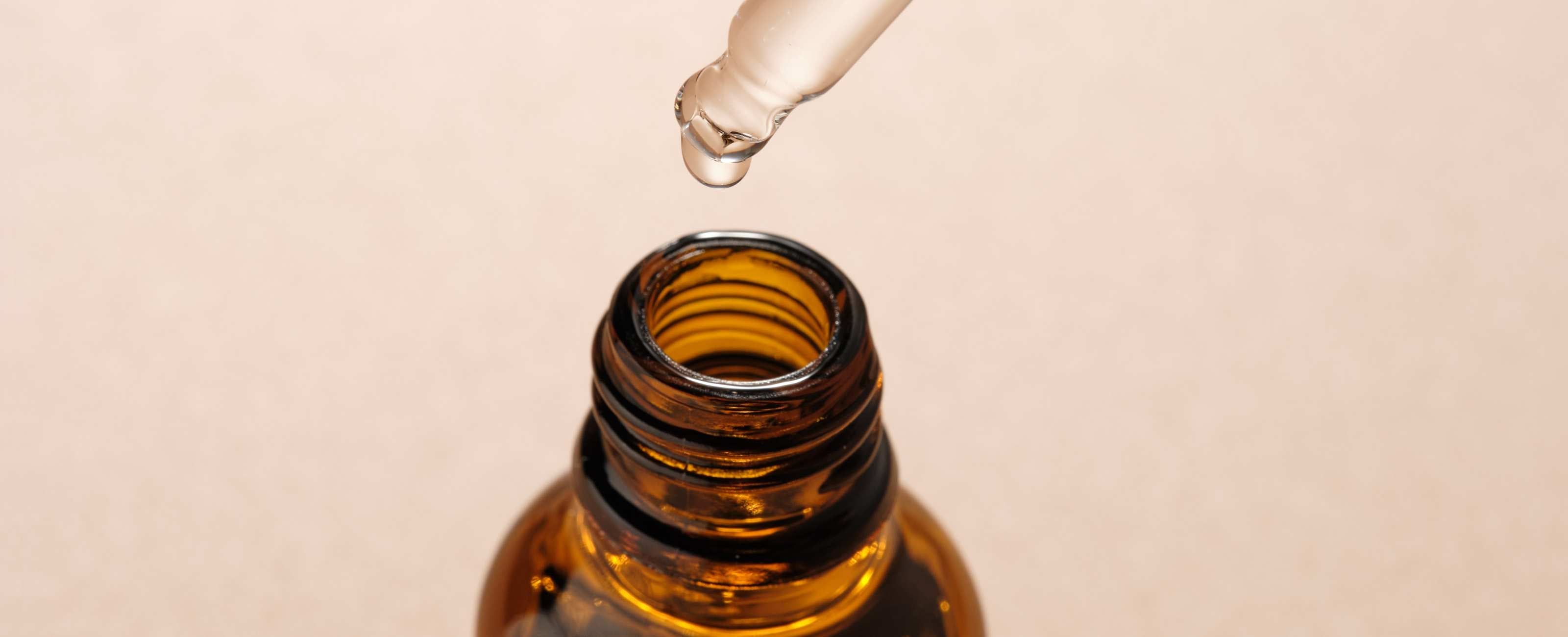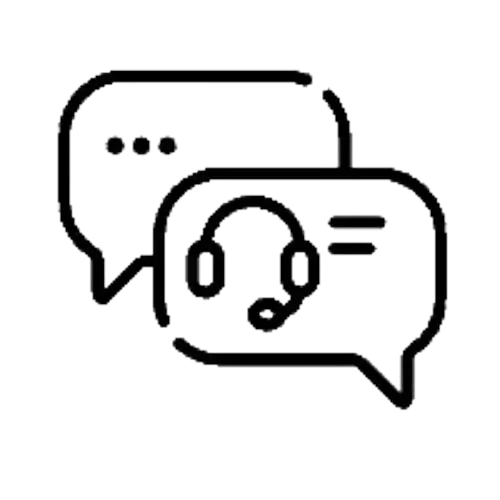
How to determine your hair type and nature?
It is essential to learn to recognize the nature of your hair (normal, oily, dry, damaged, fine or thick), and its type (straight, wavy, curly or frizzy) to give it all the care it needs.
Different hair types

You should know that the nature of your hair can change depending on your lifestyle, environment and how it is treated.
Normal hair
Normal hair is shiny, soft, and only gets greasy after a few days. It also has the advantage of being very easy to style and detangle.
Oily hair
Oily hair tends to secrete excessive sebum and promote the appearance of dandruff .
Hair is oily for various reasons: poor lifestyle, an unbalanced diet, unsuitable care, stress, or even hormonal imbalances.
Oily hair is recognizable by oily roots and the need to wash your hair daily.
Dry hair
Dry hair is easy to recognize because of its lack of shine and rough appearance.
Unlike oily hair, dry hair produces less sebum than it should, making it brittle and lacking in elasticity. It can sometimes cause scalp irritation.
Dry hair tangles easily and resembles straw. The reasons for this are often linked to poor lifestyle habits or environmental factors (sun, sea salt, pollution, etc.).
Damaged hair
Like dry hair, damaged hair dries out and breaks easily. The scales of the hair fiber are abnormally spaced apart, making the hair very fragile. It is very difficult to detangle and style.
The ends of damaged hair are often split and the lengths are dull.
Fine hair
Fine hair is easily damaged due to its fragility and can become greasy very easily. It often lacks volume and is imperceptible to the touch.
Thick hair
Thickness is judged by the diameter of the hair and not by the density or volume of the hair.
Unlike fine hair, thick hair does not break easily and can be difficult to style, so choose suitable products and a suitable brush.
Different hair types

To determine your hair type, simply look at its shape and general appearance.
Straight or straight hair
Straight hair is "straight" and has no waves. Straight or sleek hair is shiny and easy to maintain.
Wavy hair
Wavy hair is quite fine and can be identified by its S-shaped shape. Wavy hair is often shiny and easy to manage.
Curly hair
Curly hair can come in several shapes: a more defined "S" shape than wavy hair, or a tight corkscrew shape.
Some curly hair may have a kinky texture.
Frizzy hair
Kinky hair has very tight curls that resemble small springs. The hair does not form an "S" curl but rather spirals in the shape of a "Z."
Frizzy hair tends to be very dry.
Techniques for identifying hair type and nature
There are various quick and easy techniques for identifying your hair type.
Determine your hair texture
To determine your hair texture, there is a quick test to do with standard sewing thread (not too thick) about 15cm long.
This involves pulling out a whole hair, and comparing it to the thread side by side on white paper:
- If the hair is less thick than the thread, it is judged as fine;
- Conversely, if the hair is thicker than the thread, it is thick;
- If the hair is the same thickness as the strand, it is considered “medium.”
Identify hair porosity
Hair porosity refers to its ability to absorb and retain moisture, i.e., water. To identify this, a quick test should be performed. You need to pluck a clean strand of hair, free of any hair products that could distort the results.
Place the hair in a transparent container and wait a few minutes to observe its reaction:
- If the hair floats and does not sink in water, it has low porosity. The scales of the hair fiber are very tight, water has difficulty penetrating and once in, it has difficulty coming out. The hair therefore takes a long time to dry;
- If the hair is in the middle of the container and only sinks after a while, it has medium porosity. The opening of the scales is ideal for letting in enough water and in the right amount of time to properly hydrate the hair;
- Finally, if the hair falls quickly to the bottom of the container, the hair has high porosity. The scales of the hair fiber are very far apart, so moisture penetrates easily but comes out immediately. The hair thus becomes dry.
Check hair elasticity
Checking the elasticity of your hair allows you to know if it tends to get damaged or break very easily. After pulling out a whole hair, you should hold it between your hands at each end, pull gently on it and observe its ability to stretch like a rubber band:
- If the hair stretches a lot before breaking, the hair is judged to be strong and elastic;
- If the hair stretches a little and eventually breaks, it has medium elasticity;
- Finally, if the hair breaks immediately when stretched, it means that it is not strong enough and therefore has low elasticity.
Choosing the right products for your hair
After knowing your hair type and nature, you need to adopt a good hair routine and choose the most suitable products to achieve dream hair.
For example, you should choose the best beauty products (shampoo, conditioner, mask, treatment oil , etc.) or even the types of accessories (brush, comb, etc.).
It is very important to take care of your hair to keep it healthy, promote its growth and improve its general appearance (shine and softness).
Take care of your hair with Délicure
To maintain strong and healthy hair, Délicure offers a hair & nail treatment in the form of a hair food supplement in natural, vegan capsules made in France .
They combine three plants known for their hair benefits - stinging nettle , horsetail and bamboo - rich in natural silica , an essential active ingredient for strengthening hair fiber, stimulating growth and improving the vitality of the scalp.
Thanks to this complete formulation, Délicure hair capsules nourish the hair from within, promote growth and restore shine and strength, day after day.
--


























